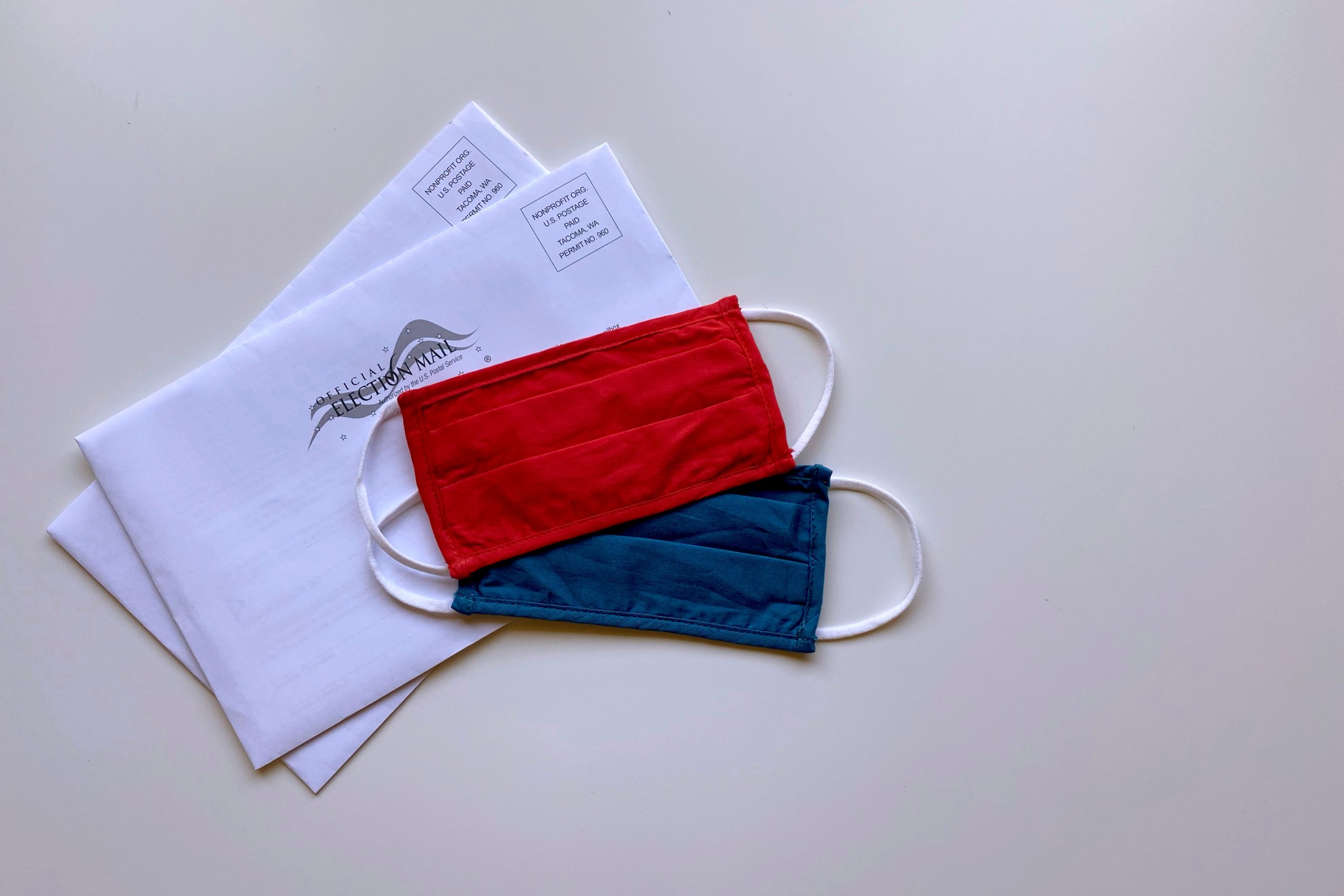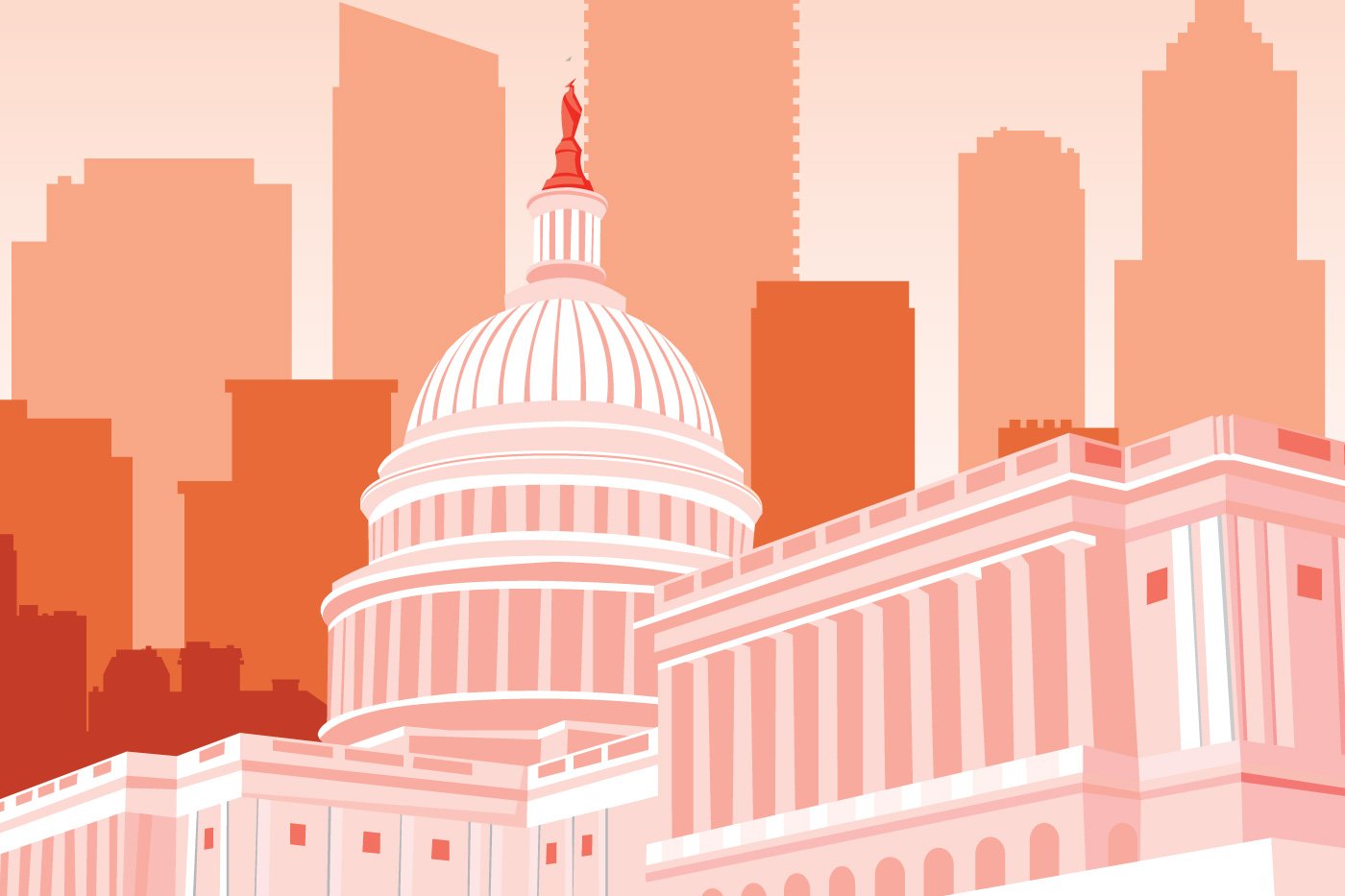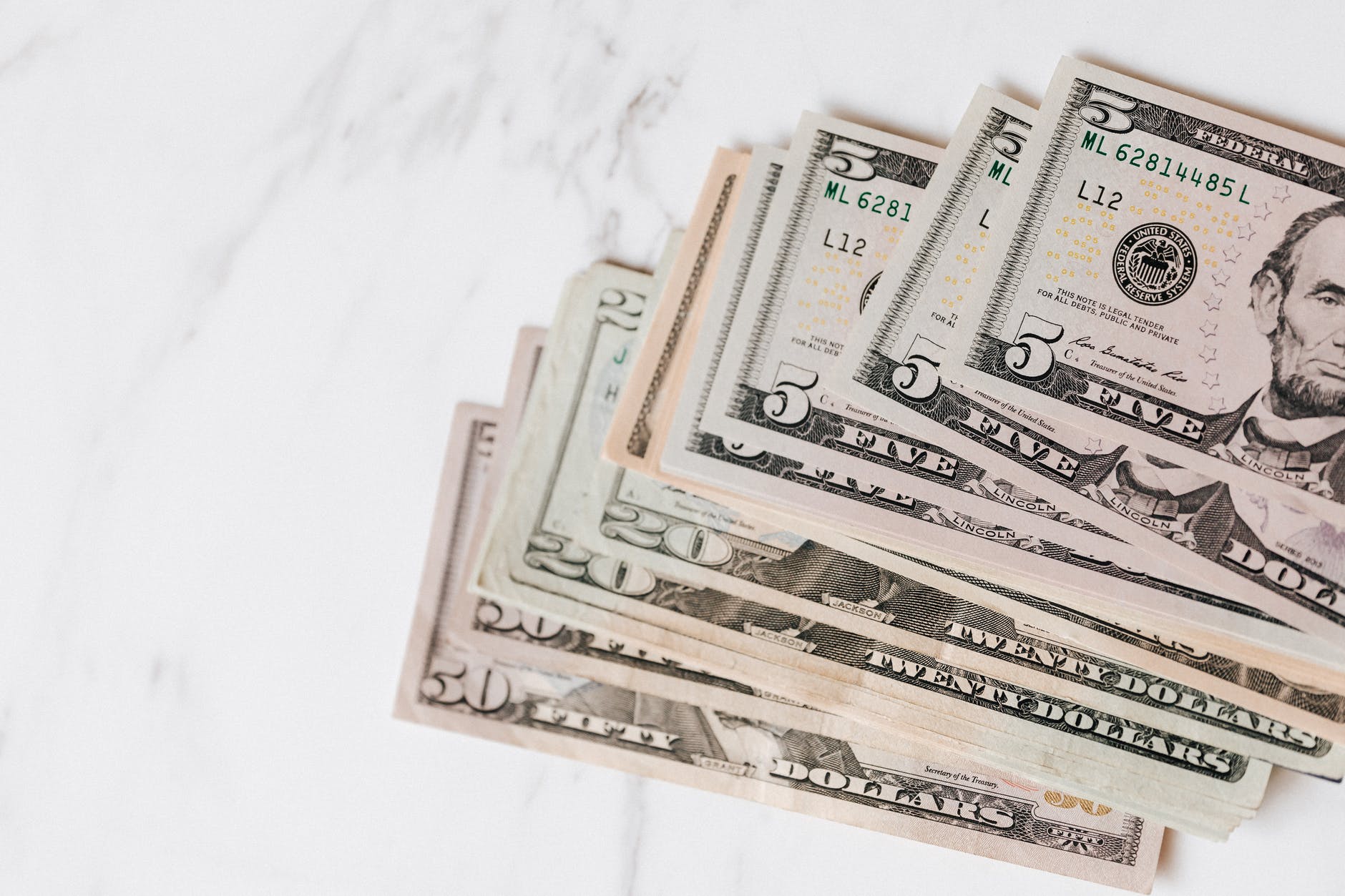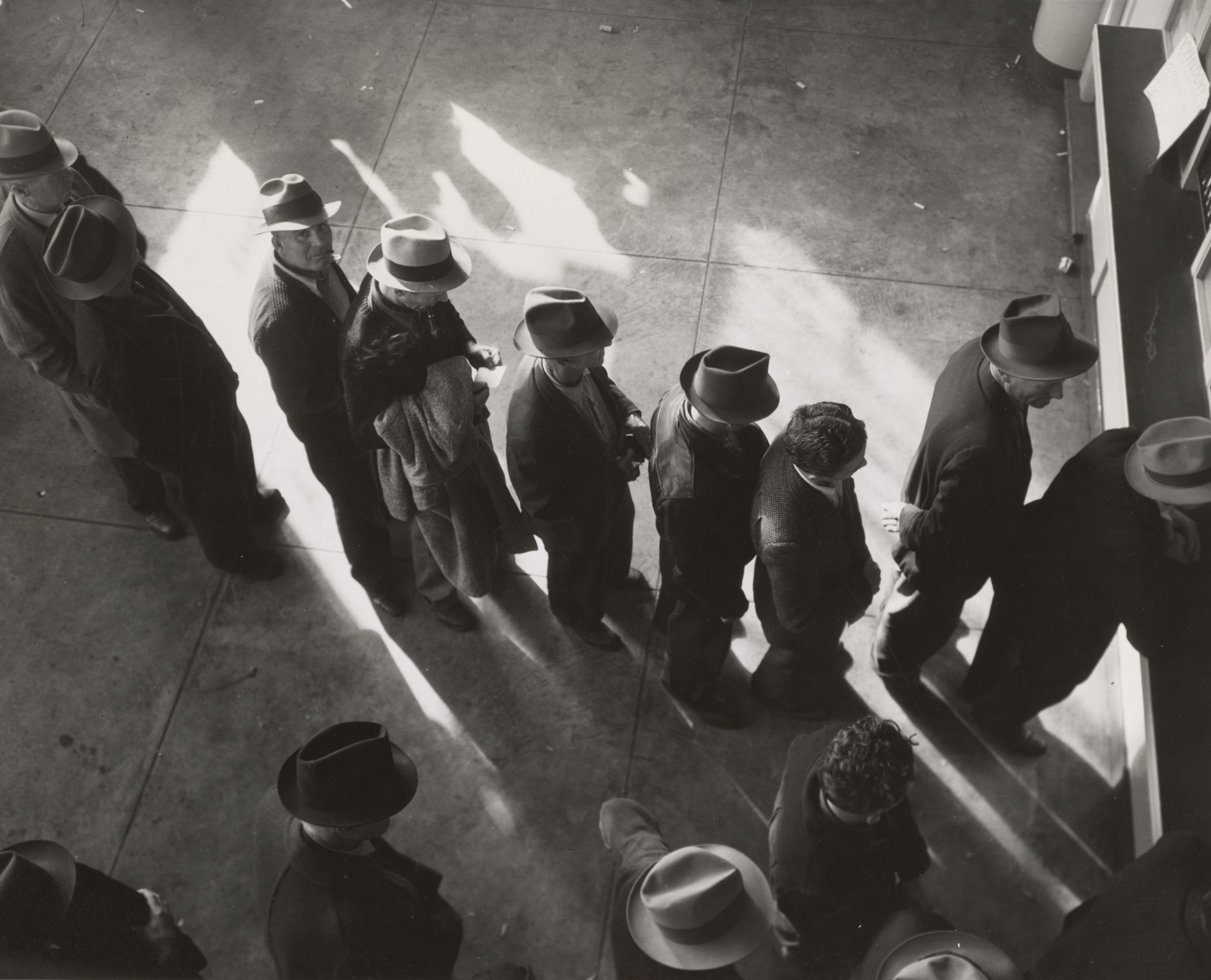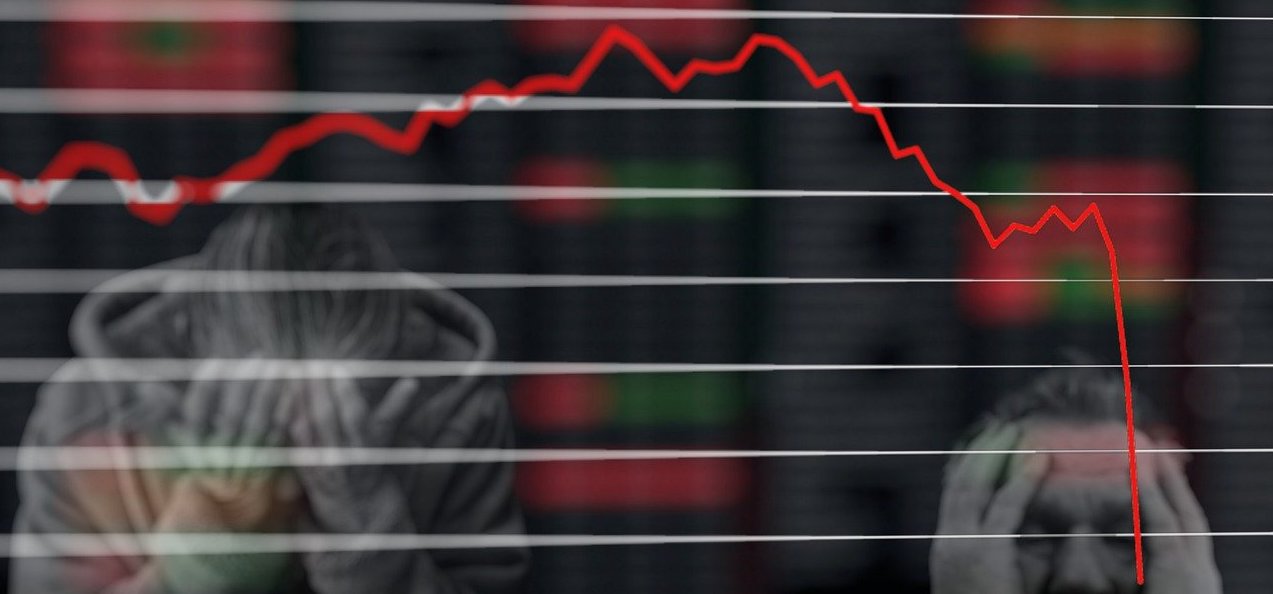The pandemic’s tragic path from cities to farms—and from blue America to red
COVID-19 is sweeping widely through the country. Again. But each wave is hitting different political groups as it infects new areas. In the first part of my analysis of America’s growing political divide, I showed how voters are increasingly polarized by where they live; in the second article, I documented growing geodemographic differences among voter blocks. In this article, I chronicle the pandemic’s spread from urban areas to rural, and from blue regions to red. Population density certainly explains much of the spatial differences, as the virus advances chiefly through social interaction. But politics and social attitude bear much of the blame for COVID’s greater and more deadly march through red America. Part 3 in an occasional series examining the growing divide between red and blue communities.
This article was originally published on Medium.

